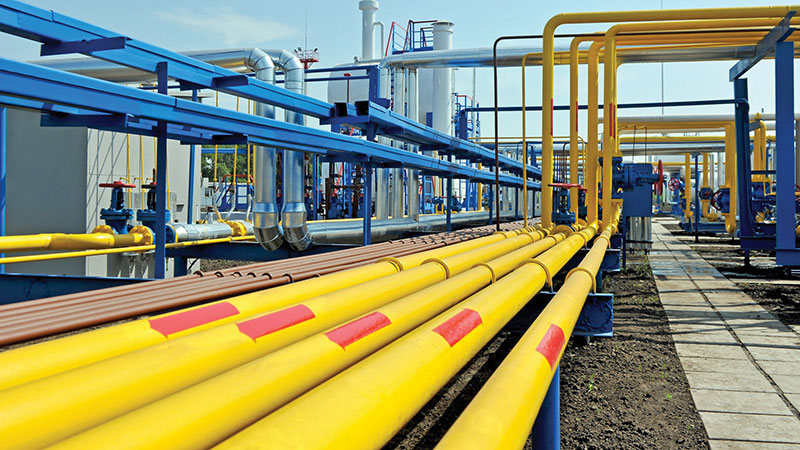September 2021, Vol. 248, No. 9
Features
German Hydrogen Council: Pipelines Most Economical Way to Move Hydrogen
By Maddy McCarty, Digital Editor
Germany’s National Hydrogen Council determined pipeline transport to be the most economical option to move hydrogen for distances up to about 6,210 miles (10,000 km), even if it would require building new pipelines.

The council adopted that position in a paper using information in the “European Hydrogen Backbone” study, which determines transportation prices of about 19 cents/kg (0.16 €/kg) per 621 miles (1,000 km).
NOW GmbH shared the National Hydrogen Council’s position in a news release, in which NOW GmbH said transportation of hydrogen plays a central role in the swift development of a market-based hydrogen economy in Germany.
The interregional hydrogen transportation will connect producers and consumers and connect the German hydrogen market into the greater European hydrogen network.
The “European Hydrogen Backbone” report was published in July 2020 and visualized 7,207 miles (1,600 km) of hydrogen pipeline by 2030 and 24,668 miles (39,700 km) of hydrogen pipeline by 2040, with 69% converted from natural gas pipelines.
The German National Hydrogen Council estimates the hydrogen transportation price based on a significant proportion of converted natural gas pipelines in the planned system and almost fully utilized pipelines, the NOW GmbH news release states. At the beginning, low rates of pipeline utilization will lead to higher transport costs for the first customers, which should be cushioned via state support, NOW GmbH said.
“The use of existing infrastructure reduces system costs, accelerates realization, avoids environmental interventions at the sites and thus also contributes to an increase in social acceptance,” the organization said.
Denmark’s Energinet and the Netherlands’ Gasunie revealed similar findings in a technical pre-feasibility study for transporting hydrogen via a 217- to 279-mile (350- to 450-km) pipeline from Esbjerg or Holstebro in Denmark to Hamburg, Germany.
The study shows that such a connection can be established in a stepwise and cost-efficient fashion by repurposing existing gas pipelines, the companies said. Gasunie and Energinet want to initiate a market dialogue and unlock the export potential for green hydrogen from Denmark to demand centers in Germany.
Another potential German hydrogen pipeline in the works is the AquaDuctus pipeline project, which would transport green hydrogen from the North Sea directly to the continent. Gascade, Gasunie, RWE and Shell have “signed a declaration of intent to further intensify their collaboration” on the project, which is the vision for the first German offshore hydrogen pipeline.
An assessment by TÜV Nord shows the use of existing natural gas pipelines for the safe transport of hydrogen is principally feasible, NOW GmbH said.
“A corresponding conversion from natural gas to hydrogen has already been demonstrated, among other things, using a natural gas pipeline in the south-west of the Netherlands,” the organization added.





Comments